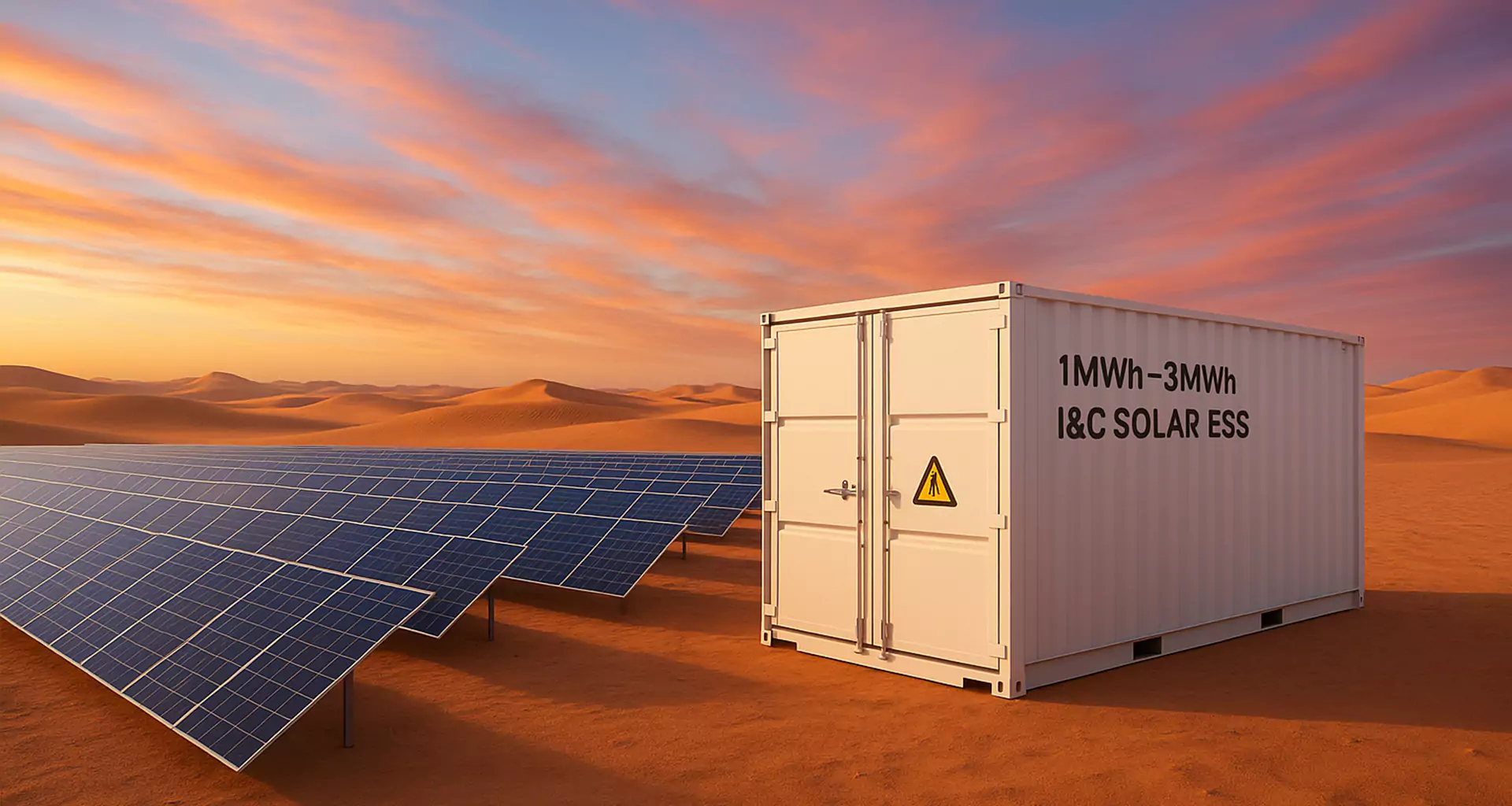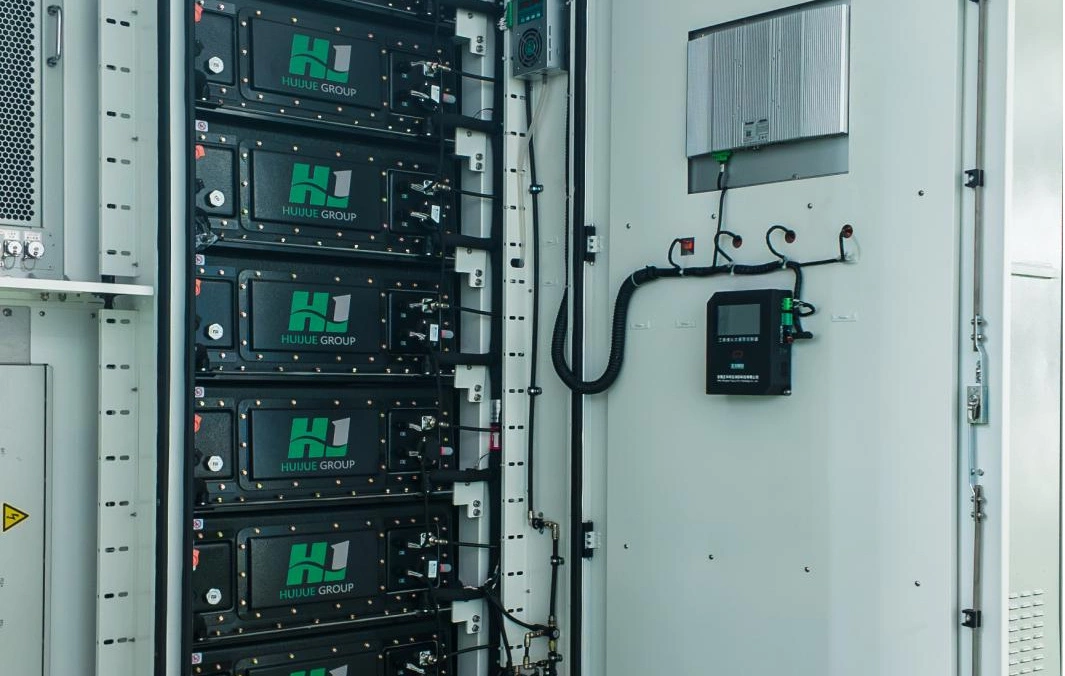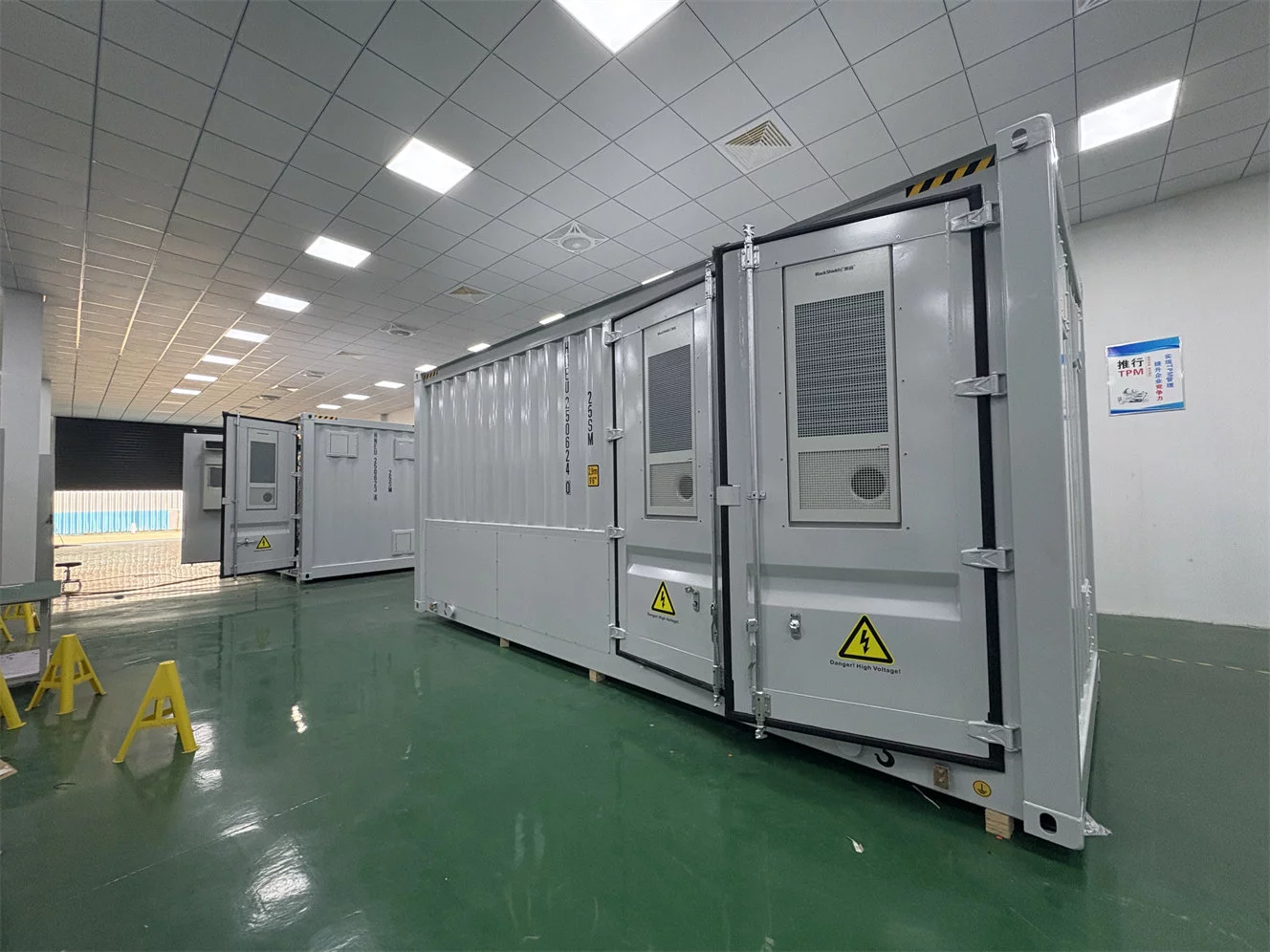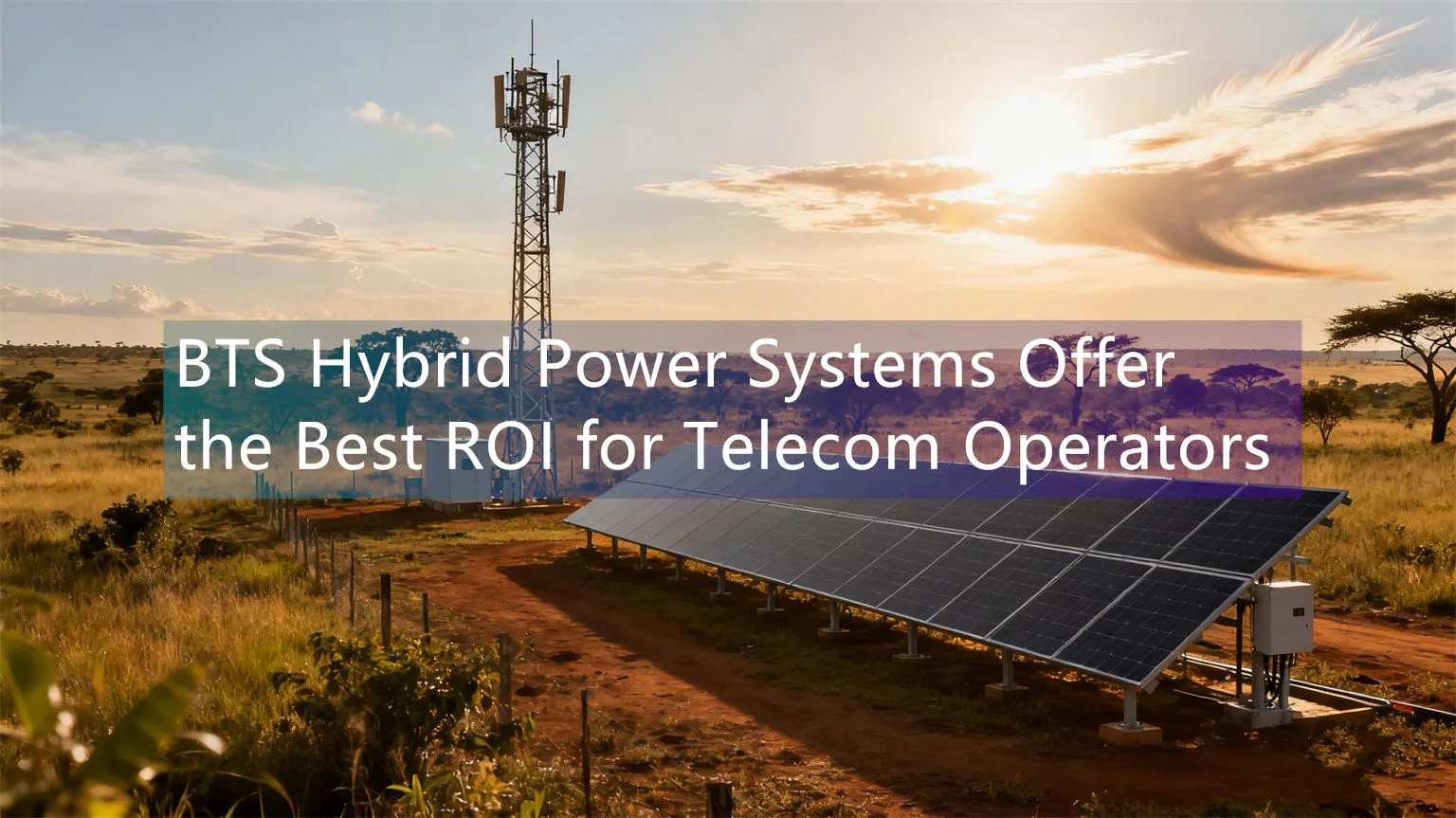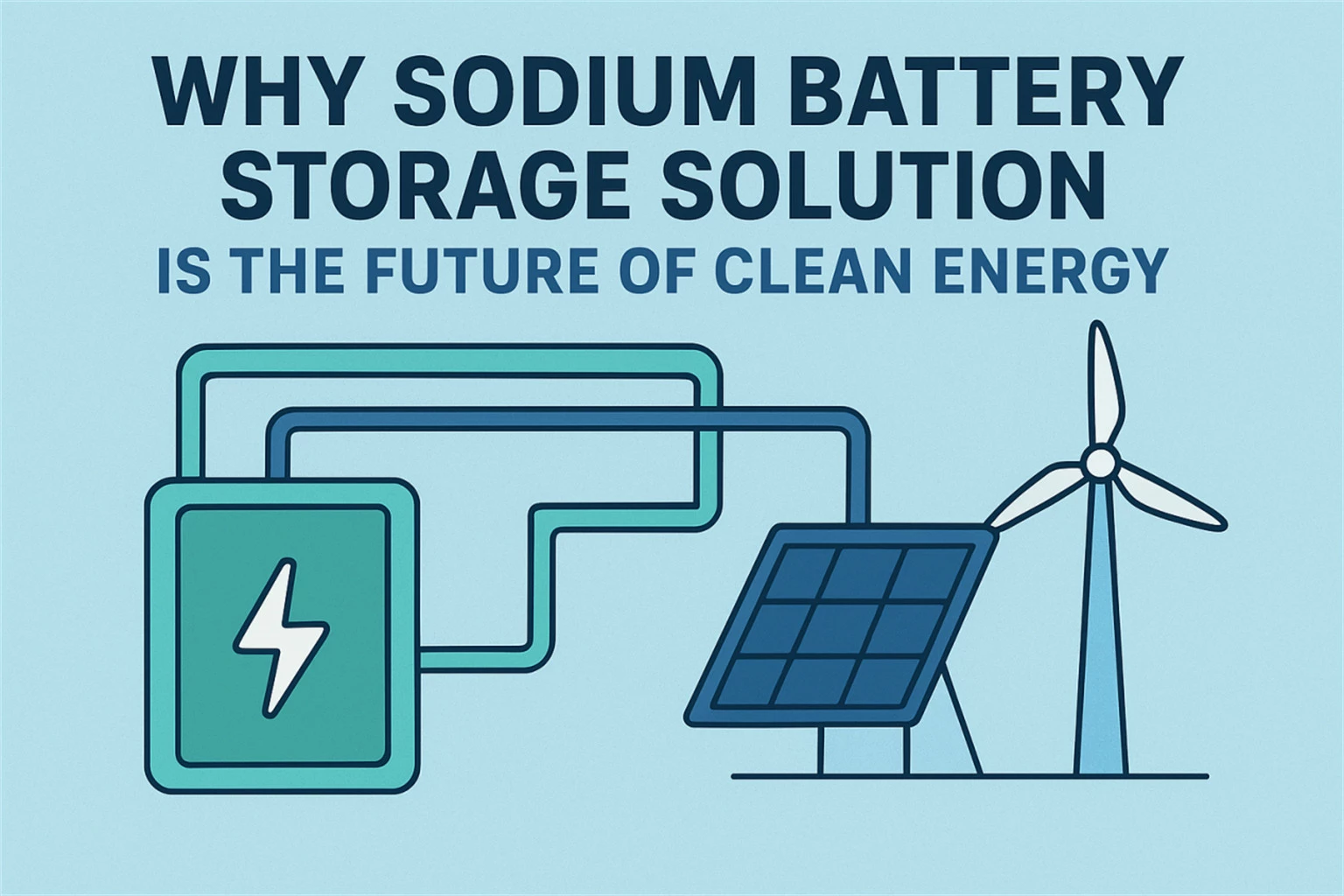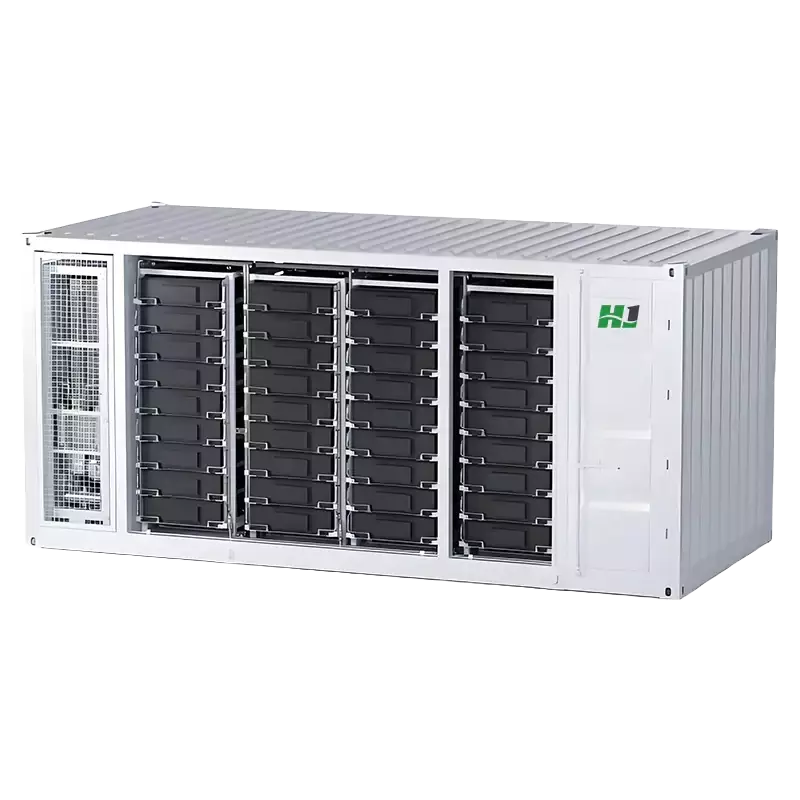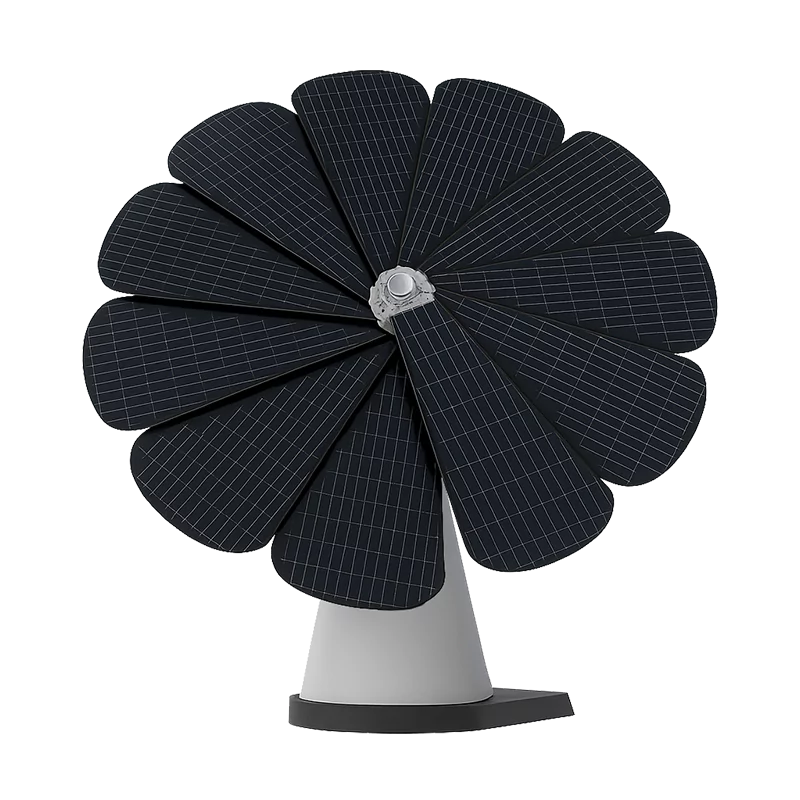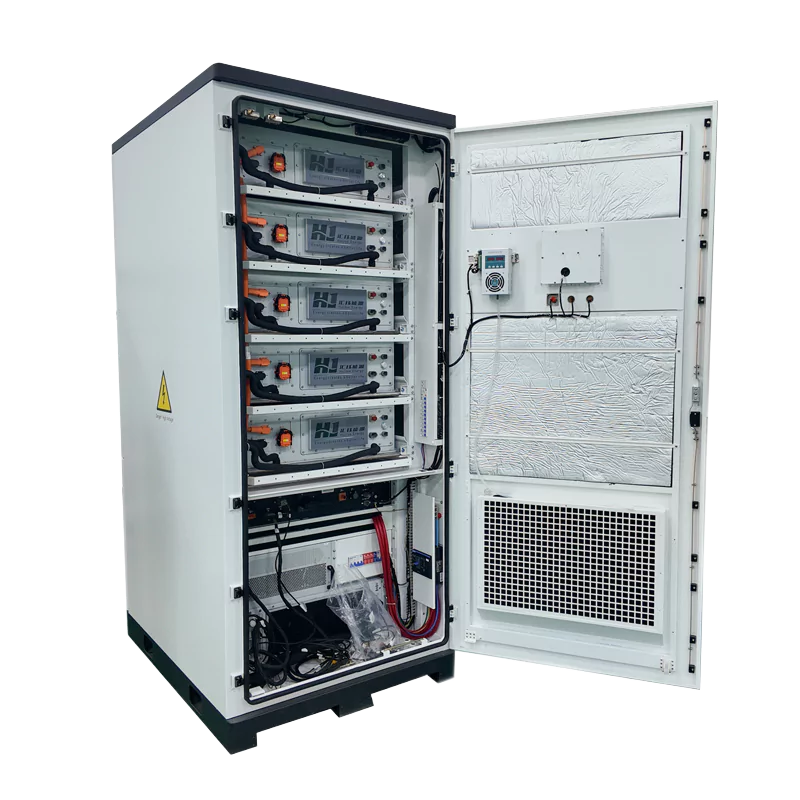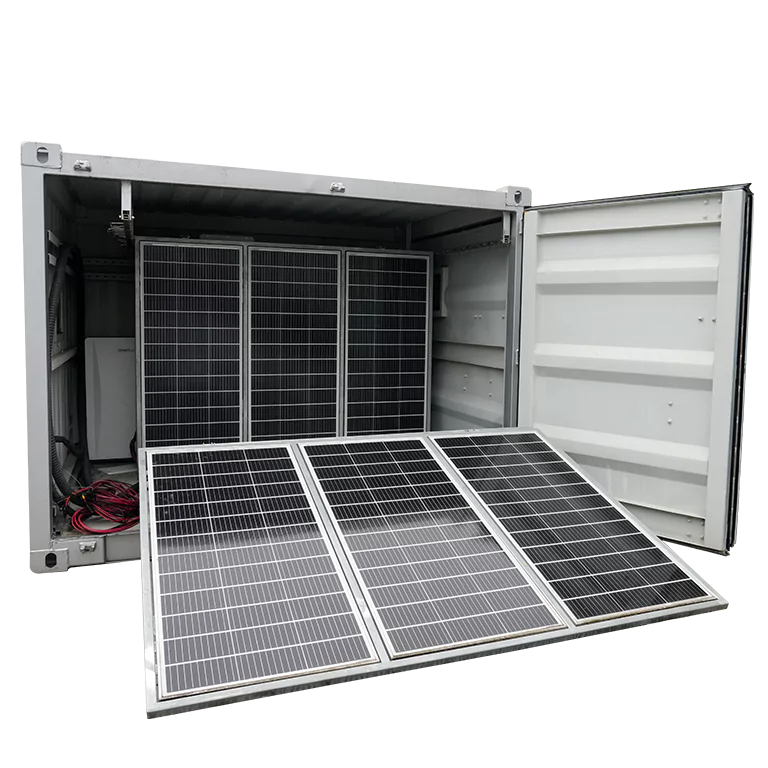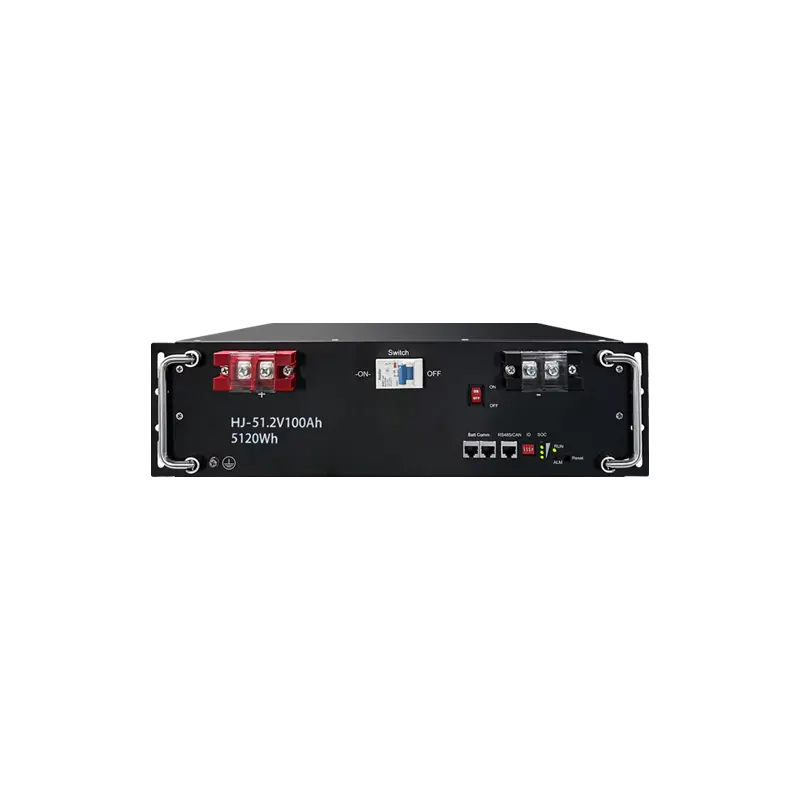A full-process guide for On-site Deployment of Containerized Solar Houses: From Survey to Delivery
In remote areas, construction site dormitories, emergency command points or off-grid residential projects, containerized Solar cabins are becoming a rapid accommodation solution. It integrates photovoltaic power generation, energy storage, lighting, air conditioning and living facilities, and is capable of achieving self-sufficient clean energy use. But many people are curious: What exactly is the deployment process of such a system from scratch? Now, let’s take a step-by-step look at it – from survey to delivery.
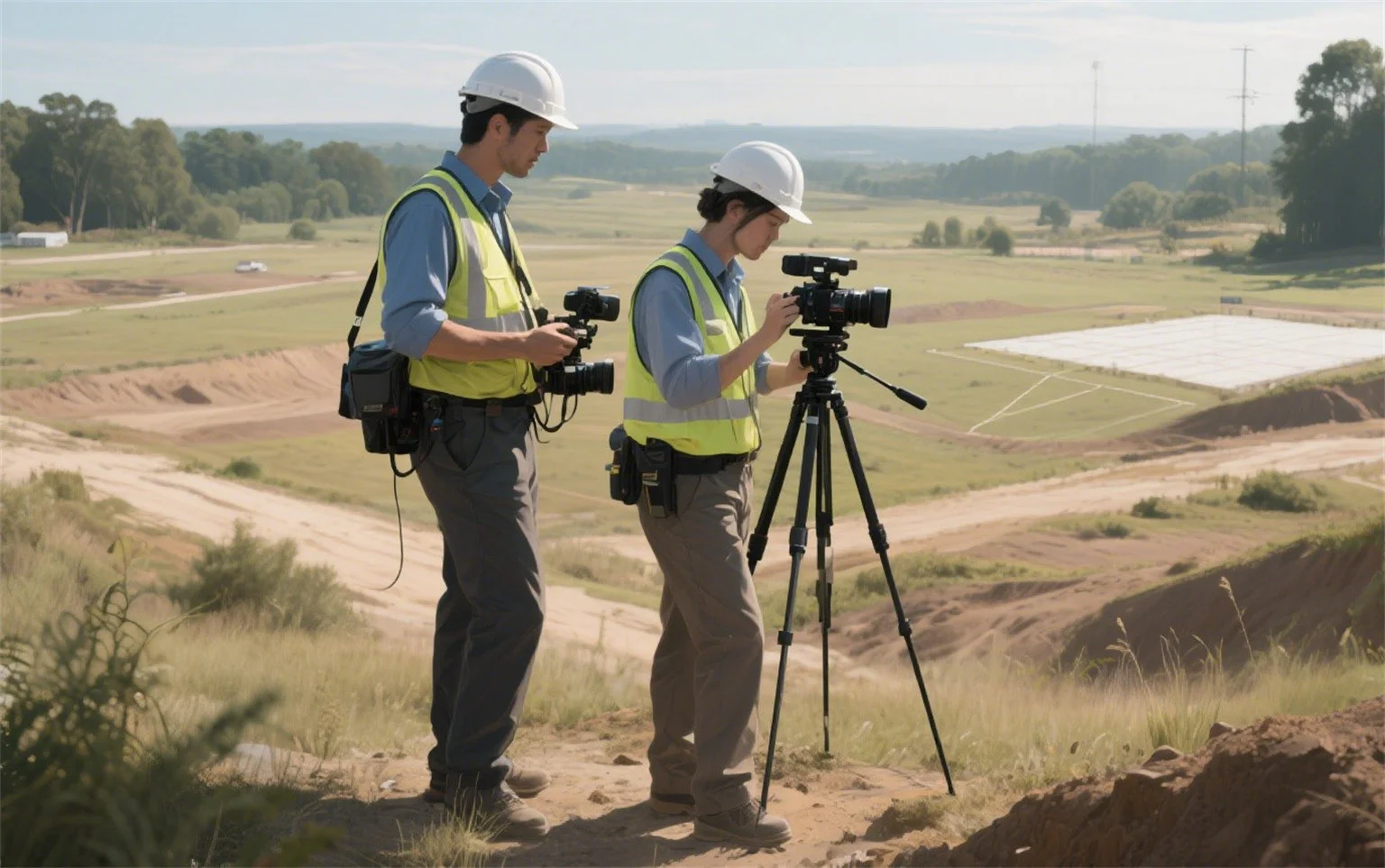
I. Preliminary Investigation of Location and Lighting
The first step before deployment is on-site investigation. The team needs to confirm whether the installation location of the cabin has good lighting conditions, and there are no tall trees or buildings that have been blocking it for a long time around. The most ideal direction is to face south without any obstruction. In addition, it is necessary to measure the ground levelness and geological conditions to determine the form of the container foundation.
Tip: Many manufacturers offer remote pre-survey services. Just upload the geographical coordinates and environmental photos, and engineers can complete the initial analysis.
At the same time, the expected power load – such as lighting, air conditioning, water heaters or network equipment, etc. – should also be evaluated. These data determine the capacity configuration of photovoltaic modules and energy storage batteries.
II. System Design and Customization
After the survey is completed, the system design stage begins. Engineers will design the capacity of photovoltaic arrays and battery energy storage based on the load, duration of sunlight and the number of consecutive cloudy days.
For instance, a small single dormitory might be equipped with a 5kW photovoltaic system and a 20kWh energy storage system. A command center may require 15kW of photovoltaic power and 60kWh of energy storage.
At this stage, it is also necessary to determine whether to adopt a liquid cooling or air cooling system. Whether it is grid-connected and operating; Communication methods (4G, Wi-Fi or satellite remote monitoring).
After the design is completed, the entire system is usually pre-assembled in the factory, including photovoltaic brackets, battery boxes, inverters, EMS control cabinets, etc. – Modular assembly is one of the greatest advantages of containerized systems.
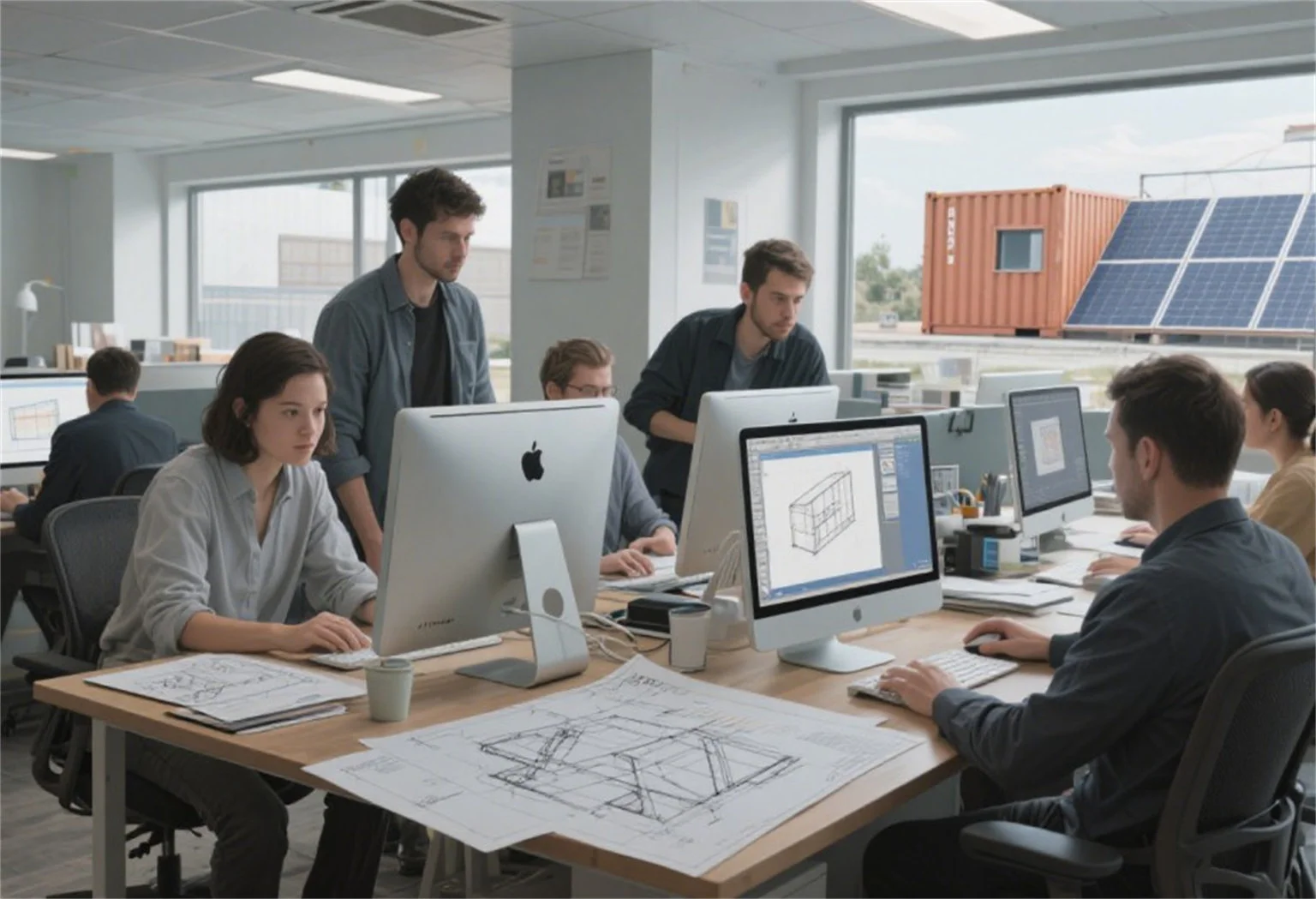
III. Transportation and Foundation Preparation: The On-site Construction Time Has Been Significantly Reduced
Another highlight of containerized solar houses is “fast transportation and quick installation”. The entire machine complies with the standard container dimensions and can be directly transported to the site by truck or hoisting equipment.
Before transportation, the manufacturer will conduct a complete machine test to ensure the integrity of the system. On-site foundation usually includes:
- Concrete piers or steel frame supports;
- Grounding and drainage facilities;
- If there is a need for grid connection, cable trenches and interfaces must be reserved.
Thanks to the prefabricated design, the on-site construction time can be shortened to 1 to 3 days, significantly reducing labor costs and construction risks.
IV. Installation and Commissioning: Connect Photovoltaic, Energy Storage and Load
After the container arrives, the installation team will carry out the following operations:
- Positioning and level adjustment;
- Open the photovoltaic module bracket and unfold the panel.
- Connect the battery compartment with the inverter and the EMS control cabinet;
- Carry out system wiring and communication debugging.
The entire installation process is highly standardized and does not require complex civil construction or wiring. Usually, a team of 3 to 5 people can complete the installation and testing within two days.
The key points to note here:
- The angle of the photovoltaic module should match the local latitude.
- The connection ports must be strictly waterproof and dustproof.
- When EMS is first connected to the network, the correct time zone and communication protocol need to be set.
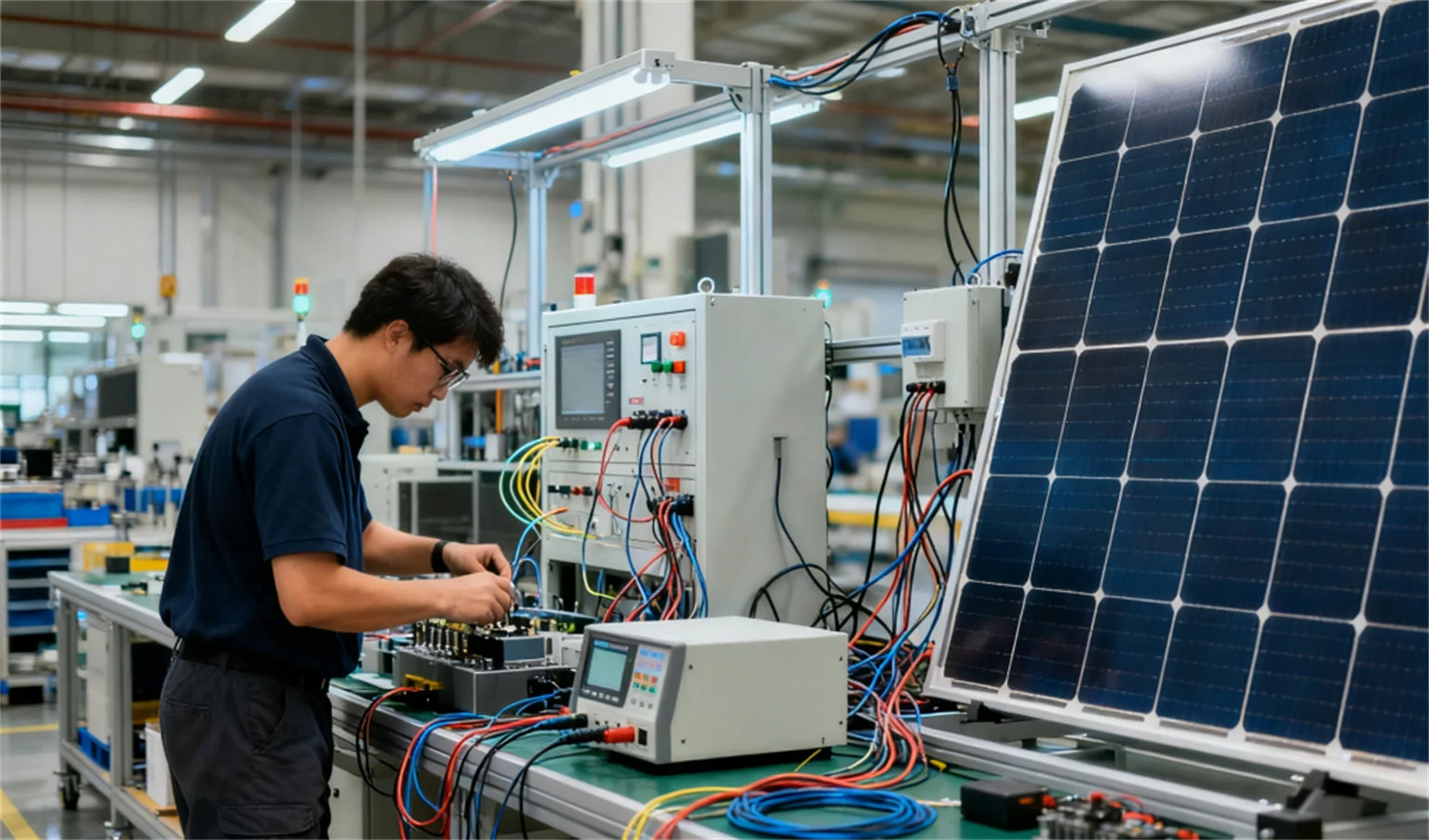
V. System Testing and Acceptance: Ensure Performance and Safety
After the debugging is completed, full-load tests and safety checks will be conducted, including:
- Photovoltaic power and charging efficiency testing;
- Verification of discharge depth and conversion efficiency of energy storage systems;
- Inverter grid connection synchronization;
- Power-off protection and over-temperature protection tests;
- Remote monitoring system online inspection.
After all the indicators meet the design standards, the customer can conduct the final acceptance. At this point, an independently operating solar cabin is ready, capable of simultaneously undertaking office, accommodation or temporary power supply tasks.
VI. Operations and Delivery: Remote Monitoring Makes Management Simpler
After delivery, the system can be monitored in real time through the cloud platform, recording power generation, power consumption, energy storage status and fault alarms. This means that even if the cabin is deployed in an uninhabited area, its operation status can still be seen in the background.
Manufacturers usually provide:
- One-year or two-year warranty;
- Regular inspection plan;
- Remote technical support.
In addition, some projects can adopt leasing or installment models to reduce the initial investment pressure.
VII. Deployment Cycle and Cost Reference
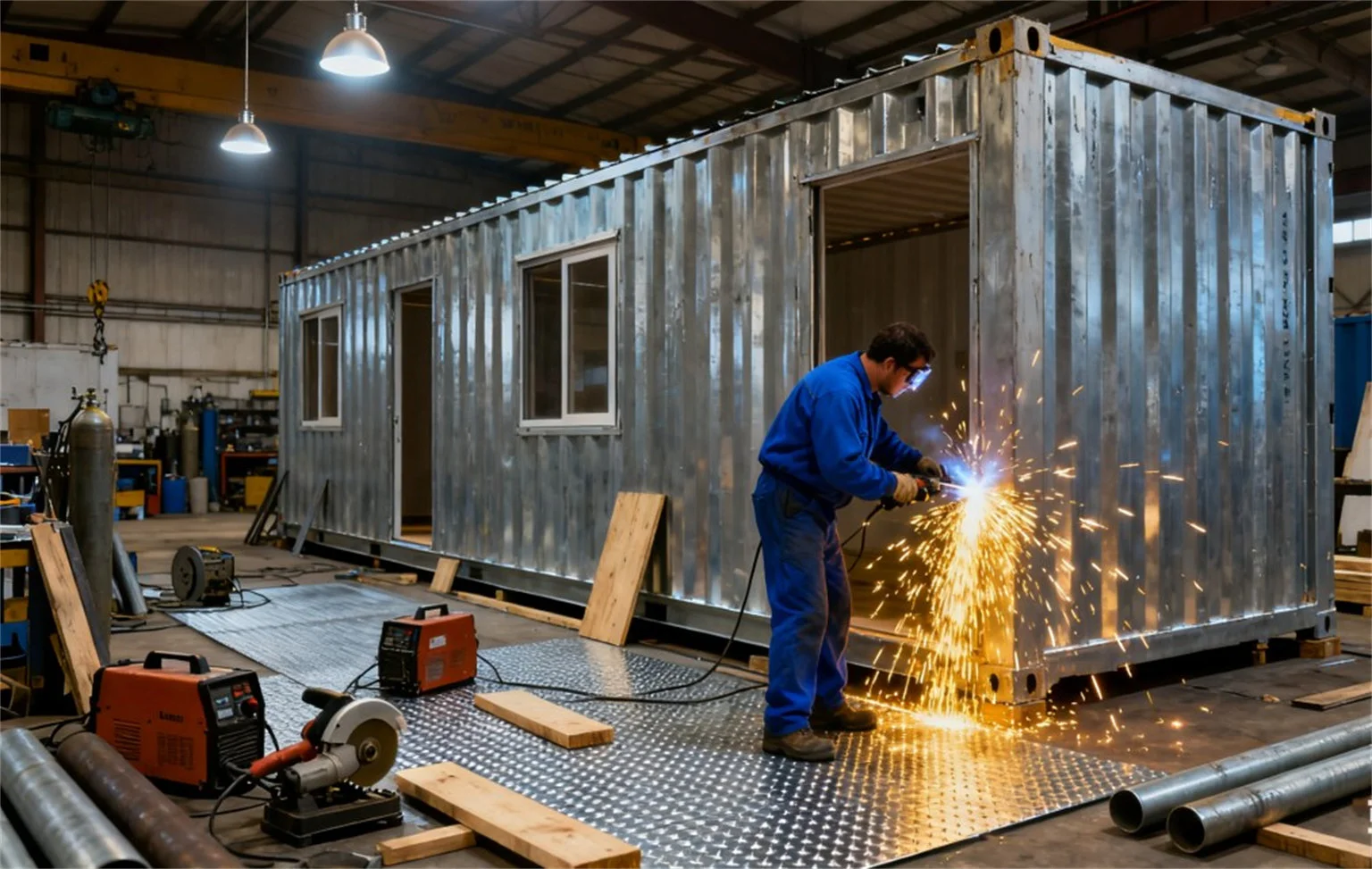
The average cycle from project confirmation to delivery is as follows (for reference only):
Compared with traditional buildings combined with photovoltaic systems, containerized solar houses save about 50% of construction time and are mobile and reusable.
VIII. Conclusion: A New Form of Clean Energy with Flexible Deployment
Containerized solar houses are a truly practical zero-carbon living unit. It can not only quickly provide power and living space for construction sites, islands, camps and emergency command stations, but also be flexibly relocated according to the project cycle.
This “plug-and-play” idea of photovoltaic storage is also changing the way energy is deployed in the future. In the coming years, we may witness an increasing number of container houses becoming a new symbol of distributed clean energy.
Find Your Solar + Battery Storage Specialist Now!
* Fill out this form and our experts will help you find the perfect solar storage solution for your home or business.


